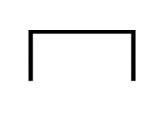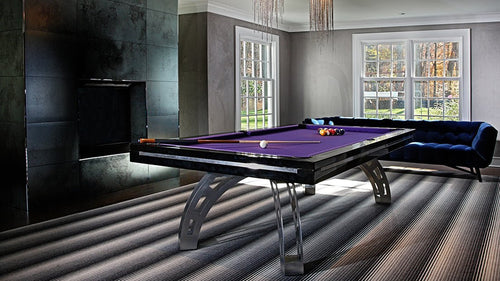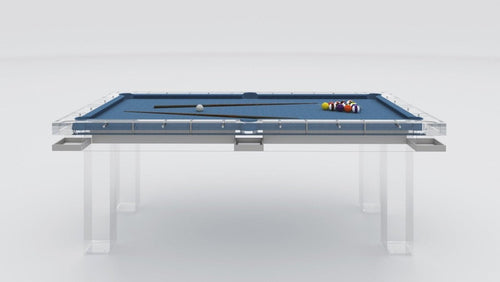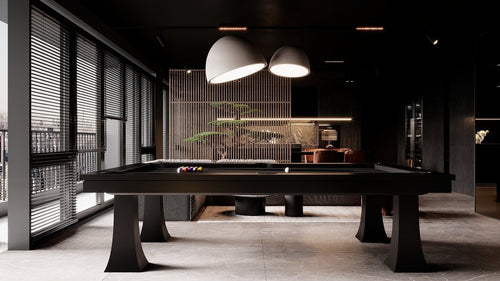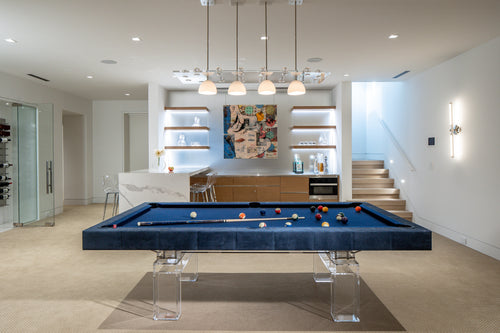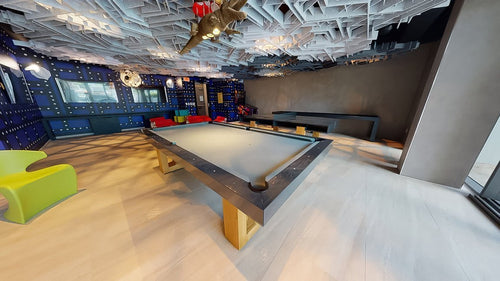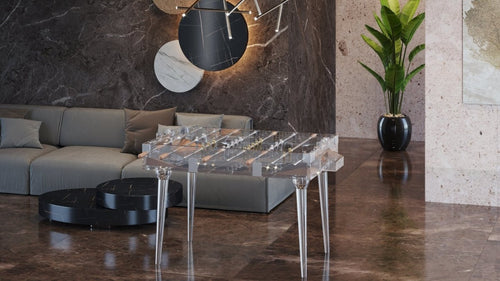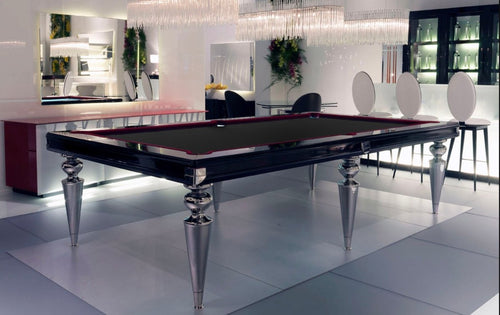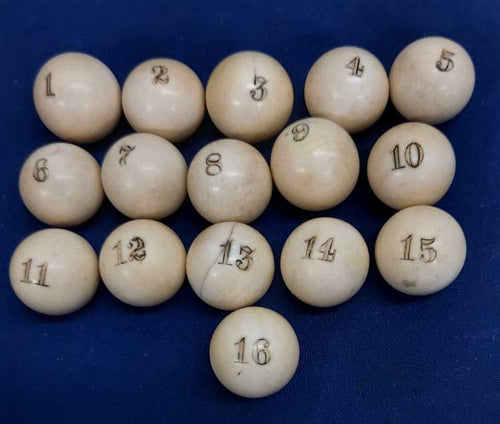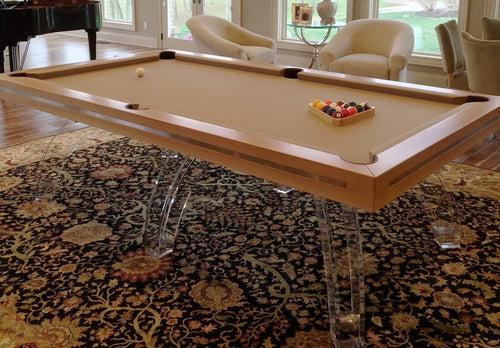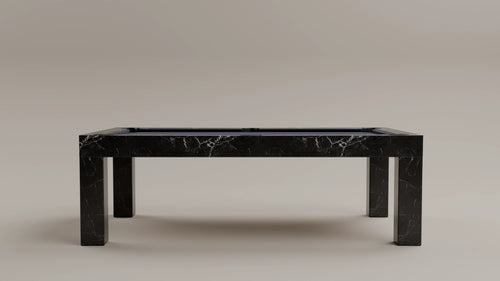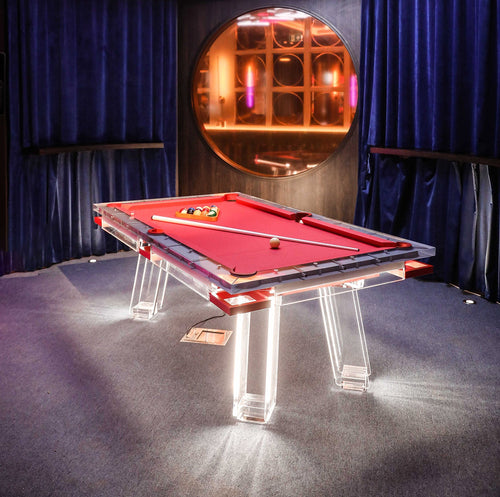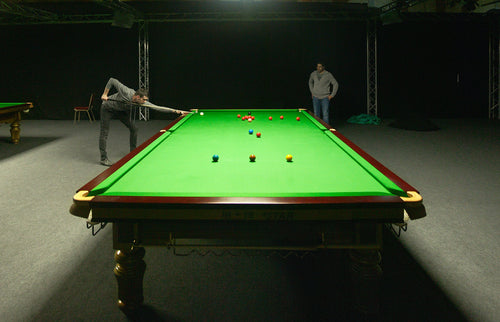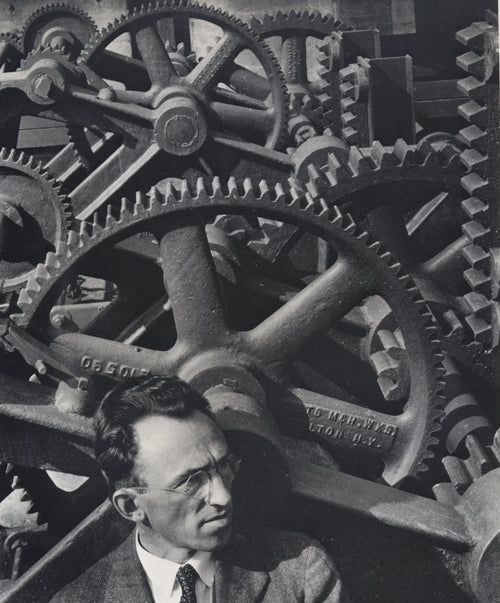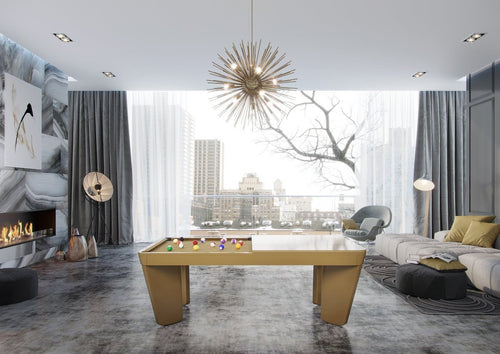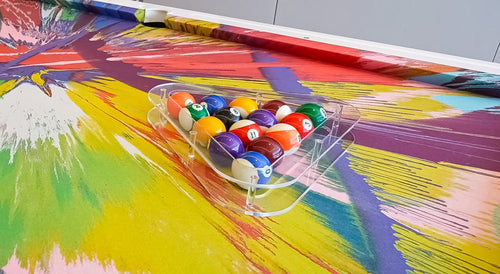Enjoy our modern designs
Estimated Read Time: 6 mins |
Distinct from botanical Art Nouveau, the Vienna Secession fused geometric rigor, clarity, and total design—laying groundwork for European modernism.
The Vienna Secession represents a distinct, influential phase within the broader Art Nouveau movement. While it shared Art Nouveau’s rejection of historicism and Victorian ornament, the Secession developed its own unique visual identity—emphasizing geometry, theoretical clarity, and a new unity of art and design that paved the way toward modernism.
Origins and Philosophical Foundations
Founded in 1897, the Vienna Secession began when artists and designers broke away from the conservative Vienna Academy of Fine Arts to advocate for modernist ideals. Led by Gustav Klimt, the group sought to realize the concept of Gesamtkunstwerk—the "total artwork" unifying architecture, design, and decorative arts.
Unlike typical Art Nouveau’s flowing curves, the Viennese approach emphasized clean geometry and strict rectangularity, prioritizing structure and order over decorative flourish.
Key Figures and Their Contributions
- Joseph Maria Olbrich: Designed the Secession Gallery (1897), a defining building with symmetrical, rectilinear forms and naturalistic motifs like carved leaves and a gilded dome of metal laurel leaves.
- Otto Wagner: Moved from historicism to modernism, as seen in the Vienna Stadtbahn kiosks and Postal Savings Bank (1904–06). He stressed functional clarity, exposed materials, and minimalist ornament, setting benchmarks for modern interiors.
- Josef Hoffmann: Founder of the Vienna Werkstätte (1903), known for grids, modular design, and luxury materials. The Stoclet House (Brussels, 1905–11) showcased geometric interiors with mosaic murals by Klimt.
- Adolf Loos: Initially involved, later a critic. His essay Ornament and Crime marked a decisive shift toward modernist austerity. Buildings like the Looshaus in Vienna defined stripped-back functionalism.
- Kolo Moser: Created furniture and decorative objects that embodied the Secession’s ideals of geometric elegance and unity.
Distinction from Other Art Nouveau Movements
The Vienna Secession set itself apart with rationality, geometry, and restraint—contrasting sharply with the botanical, flowing French and Belgian Art Nouveau. This mathematical precision made Secessionist design a natural fit for emerging modernist ideals.
Successor institutions like the Vienna Werkstätte and Werkbund promoted honesty in materials and integration of craftsmanship, influencing German Jugendstil and key modernists like Gropius, Mies van der Rohe, and Le Corbusier.
Legacy and Historical Context
Austria’s earlier Baroque and Rococo heritage stood in dramatic contrast to the Secession’s bold rejection of historicism. Emphasizing geometric rigor and theoretical clarity, the Secession helped shape the trajectory of 20th-century modernism across Europe.
By merging Art Nouveau’s decorative ethos with a disciplined, geometric framework, the Vienna Secession emerged as a foundational force for modernist design—its influence still visible in architecture, interiors, and design thinking today.

